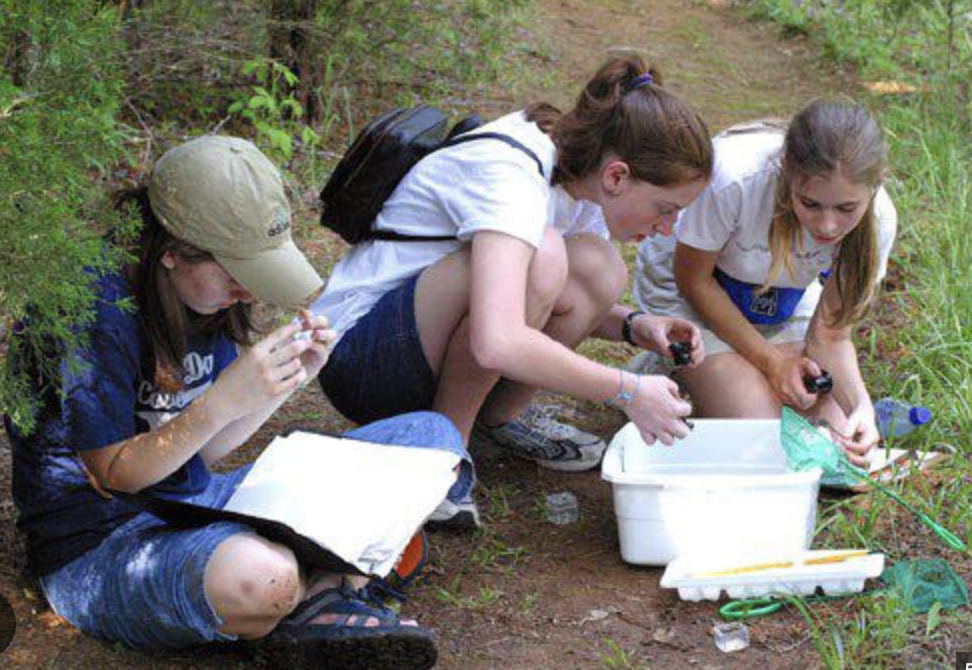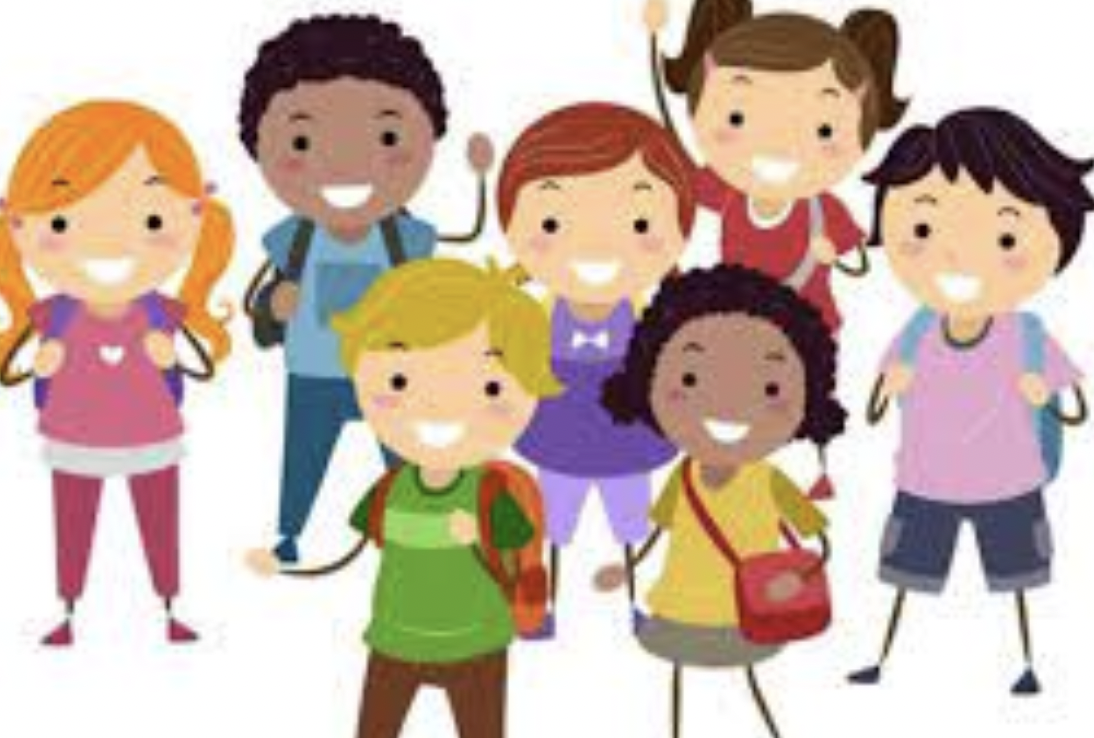Classroom Observation
- Author: Gökben YILMAZ
- Type: Data Collection and Analysis
- People (Minimum): 5
- Materials: Observation form (e.g., a checklist with specific items for students to pay attention to), Pen and paper or tablet, A timer to be used for a set period of time, Camera or recording devices if needed (optional)
How To
- Observation Form Preparation: Provide students with a checklist or observation form to pay attention to and make observations in the classroom environment. This form may include specific elements such as classroom organization, student interactions, teacher's methods, or classroom materials.
- Observation Process: Over a period of time (e.g., 30 minutes), instruct students to make observations of the classroom environment. Encourage students to make detailed and objective observations of the items on the form.
- Note Taking and Recording: Have students focus on specific elements by taking notes or recording their observations. If possible, they may also be allowed to take photographs or short video recordings.
- Evaluating Observations: After the observation period is over, give students the opportunity to evaluate their observations and share them with the class. This assessment may focus on specific dynamics within the classroom or areas for improvement.
- Class Sharing and Discussion: Each student shares their observations in front of the class. The class participates in discussions about the observations and hears learned observations from each student's different perspectives.
- Group Discussions and Improvements: Give students the opportunity to participate in group discussions about how they can improve the classroom environment. Each group can offer suggestions based on their observations.
- Individual Evaluation and Planning: At the end of the activity, give each student the opportunity to learn from their own observations and make plans to improve the classroom environment.
This activity provides students with the opportunity to develop their observation, data collection and analysis skills, while also offering them the chance to better understand the dynamics within the classroom and contribute to improving the classroom environment.
Class Profile
- Author: Gökben YILMAZ
- Type: Data Collection and Analysis
- People (Minimum): 4
- Materials: Survey form (e.g., Google Forms or on paper), Pen and paper, Computer or tablet (if a digital version of the survey will be used)
How To
- Survey Preparation: Create a survey to find out students' preferences and opinions on various topics in the classroom. For example, it may include topics such as favorite subject, hobbies, favorite subject, learning styles, etc.
- Survey Distribution: Distribute the created survey to the class. If using a digital platform, share the survey link or QR code with students. If using a paper form, distribute a survey form to each student.
- Data Collection: Ask students to fill out and return the survey. Set a specific time period to collect and organize survey results.
- Data Analysis: Guide students to analyze the collected data. For example, they may use methods such as sorting data, creating graphs, or preparing frequency tables to determine the class's favorite subject.
- Class Profile Creation: Based on the analysis results, create the class profile. The profile can be prepared as a presentation or poster containing the general characteristics and preferences of the class.
- Presentation and Discussion: Each student or group makes a presentation about the class profile they have created. Presentations are shared in class and a discussion is initiated on commonalities and differences throughout the class.
- Reflection and Refinement: At the end of the activity, give students the opportunity to share their thoughts and experiences about the class profiling process. Also, have them think about how they can improve their data collection and analysis skills.
This activity provides students with the opportunity to learn skills in collecting, analyzing and presenting data, while also providing an interactive experience in understanding unity and differences within the classroom.



